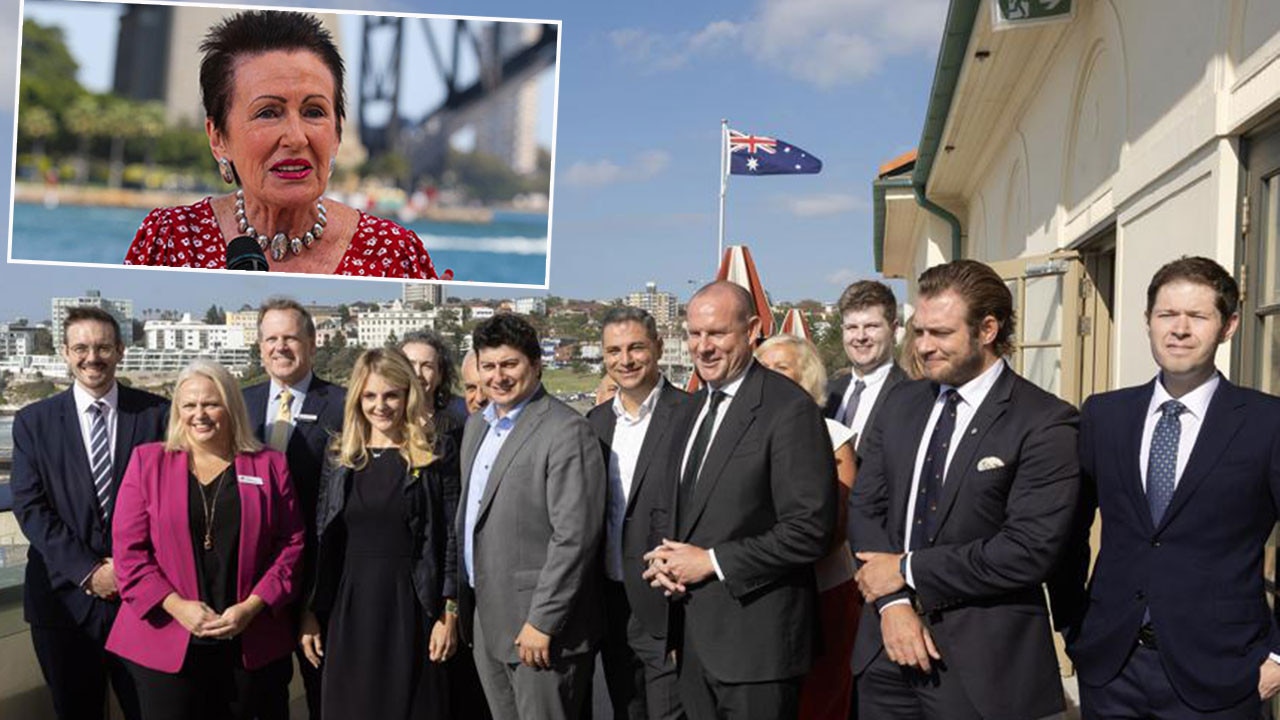James Morrow: NIMBY versus YIMBY culture war won’t help house prices
The push for more density won’t do anything to help our housing crisis if immigration is not also addressed, writes James Morrow.
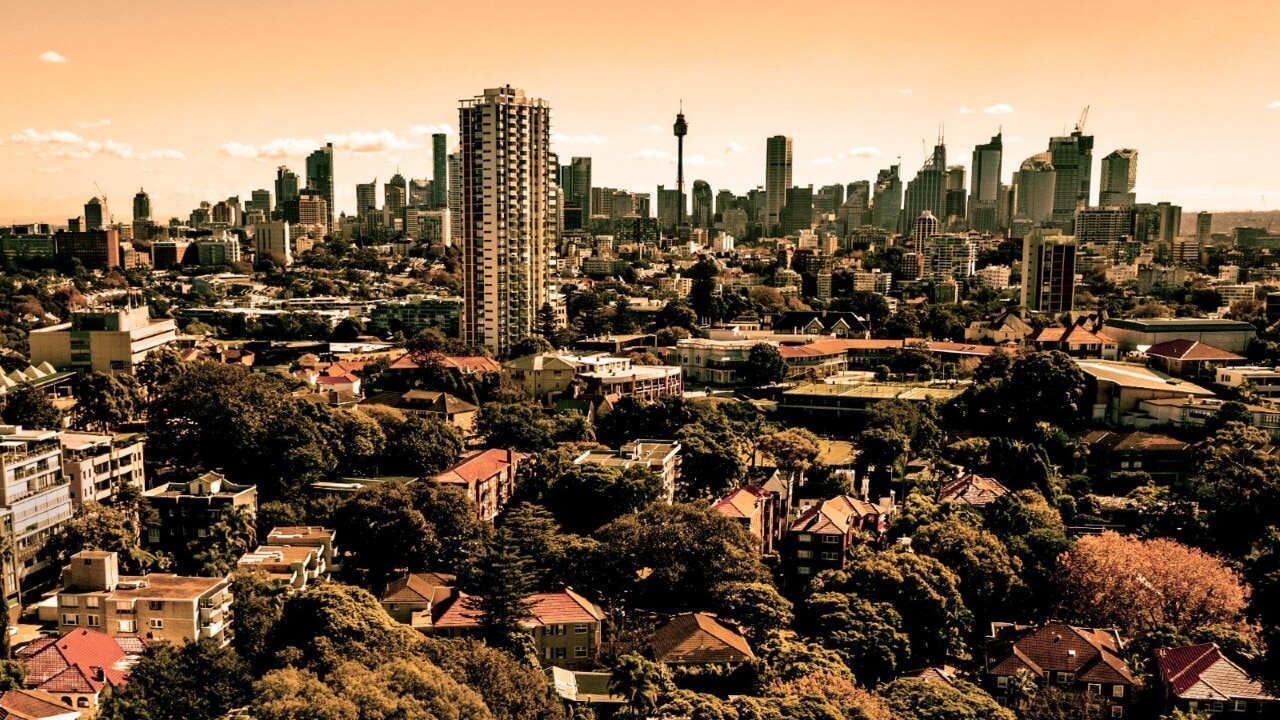
NSW
Don't miss out on the headlines from NSW. Followed categories will be added to My News.
To hear some people tell it, Sydney’s youth are being stalked by a menace.
Not drugs or vapes or Spanish Flu but something far more sinister. Real estate, and specifically, the wrong kinds of it.
Going by many names – semis, terraces, even the dreaded “single family house” – these structures are blamed for locking young people and key workers out of decent homes while selfish rich oldies potter around mortgage free in their gardens.
The cure, we are told, is easy. Density. Build tall, build big but, whatever you do, just build no matter what the neighbours say, is said to be the solution.
The fight over what our cities look like has become in some ways Australia’s (or at least Sydney’s) version of the populists versus the elites fight playing out everywhere in the West. There is also a (very) strong generational divide at play that has parallels to the student debt crisis in the United States.
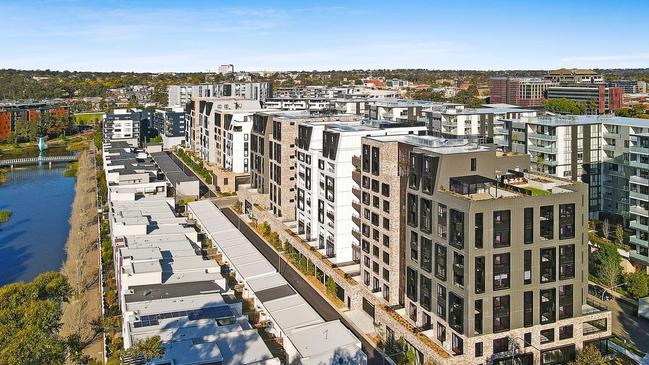
Happily, Australians are more practical than Americans, so while here young people are told to take on crippling debt to buy something useful like an apartment, in the US they have been told to spend six figures on useless degrees examining white privilege in Seinfeld.
The battlelines can be drawn something like this.
On one side, we have a sort of Baptists and bootleggers coalition of activist youngsters who say they’re priced out of the market, all teamed up with pro-developer lobbyists, pollies and think-tank economists who demand greater density in the name of growth.
Active on social media, they call themselves Team YIMBY – Yes In My Back Yard – and snark mercilessly at heritage conservation while denying with an almost religious fervour that hundreds of thousands of migrants landing in Sydney every year have any effect at all on house prices.
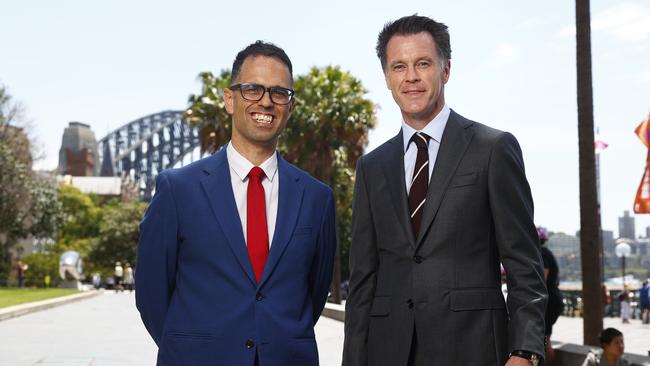
These folk are at least some of those who state treasurer Daniel Mookhey was pitching to this week when he claimed to have modelling that proved that if only the eastern suburbs took more housing, rents would be lower.
There is a similarly odd coalition on the other side of the debate.
There, what can only be described as anti-development hippies tie up with more conservative traditionalists, urbanists and “Big Australia” sceptics who (among other things) worry that whatever is left of Sydney’s charm will be buried forever under a maze of unit blocks and chain stores.
It is these people who Premier Chris Minns sought to mollify in part with his call at this year’s Daily Telegraph Bradfield Oration for the housing of the future to be “beautiful” in the hope that it would be, eventually, “loved”.
But before we fire up the bulldozers and start rolling in the chic induction cooktops, it is worth asking whether this development spree will actually make a difference to what we are repeatedly told is a housing affordability crisis?
American geographer and urban planner Joel Kotkin, who gave The Daily Telegraph’s 2019 Bradfield Oration, is not so sure.
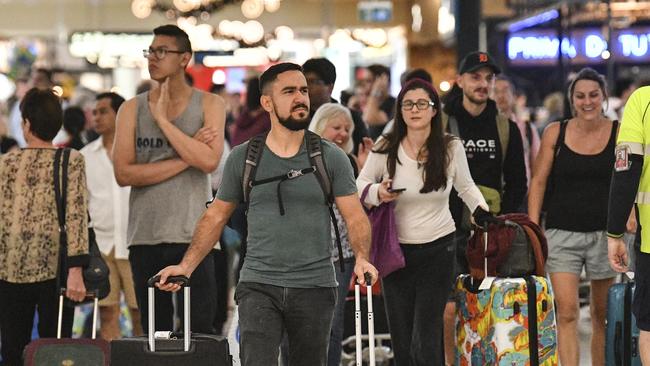
Speaking from his home in California, the author of books including The Human City: Urbanism For The Rest Of Us and The Coming Of Neo-Feudalism, told me that the “density regime” means “you are going to essentially destroy the last middle and upper middle class family districts left”.
“Nobody is building three bedroom apartments, they’re building one bedrooms and you’re not going to get families to live in these places,” Kotkin said.
The danger, said Kotkin, is that Sydney becomes like “what we find in London and Paris and New York and parts of LA”.
“Basically you have areas where a lot of people don’t even live there, or they live part of the year there, or they are parking their money from another country or holding onto a bolthole as a ‘just in case’ place.”
Along with that cohort, these neighbourhoods will be dominated “by a nomadic childless younger population where that sort of apartment living is OK for them”.
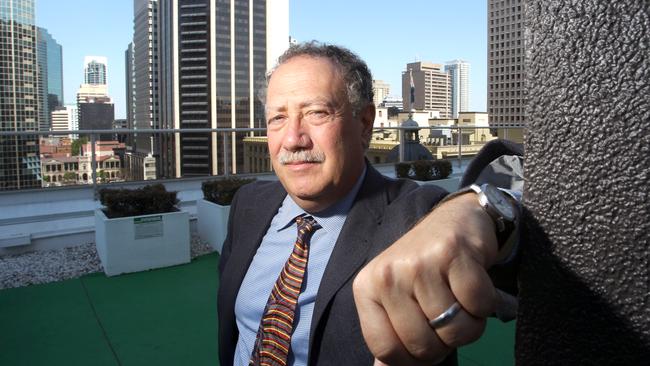
But, Kotkin said, “eventually YIMBYs either age out of it at some point and say maybe a backyard isn’t a bad idea or they become rental serfs forever living in a small apartment at age 50.”
For some politicians, this isn’t necessarily a bad thing, Kotkin said.
“There are a lot of people on the left who want large areas of rental serfs because they will be left wing voters forever.”
Which brings up perhaps to the final irony of all this.
Go back 50 years to the early 1970s and it was hard left labour unions under the auspices of the NSW Builders Labourers Federation who refused to demolish and flatten suburbs from Woolloomooloo to Annandale in the name of development. Now, a Labor government is pushing density on recalcitrant councils across the city.
Will what comes next as this vision of a new Sydney is realised be as nice and liveable and charming as what came before?
Will it be any more affordable?
And does it even matter?
After all, there’s a housing crisis on, haven’t you heard?




